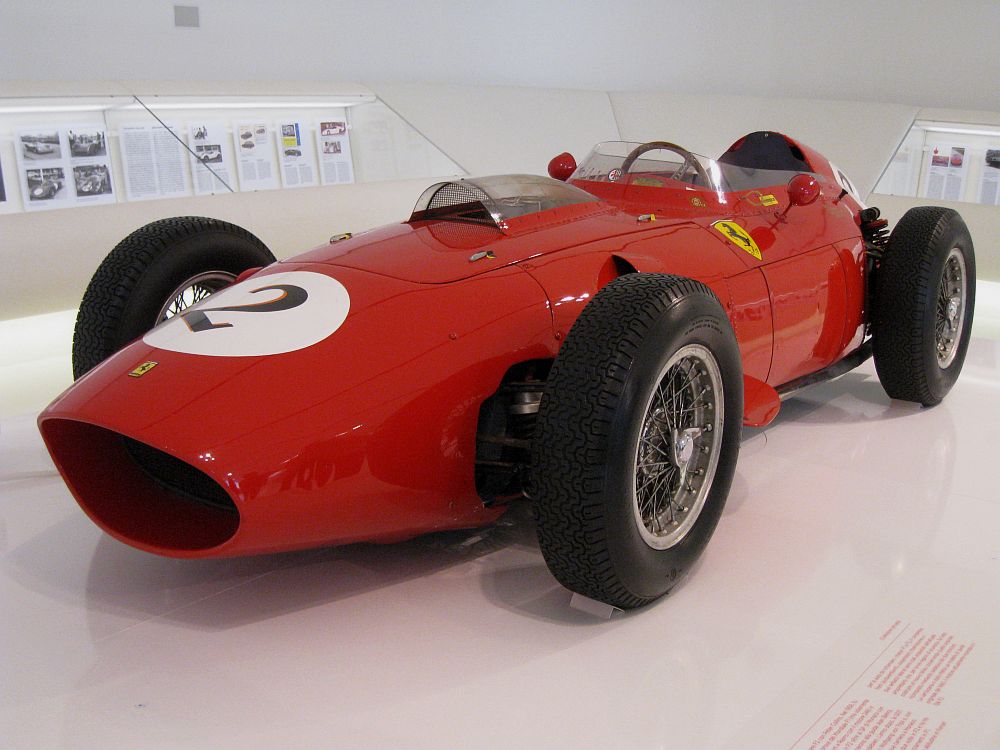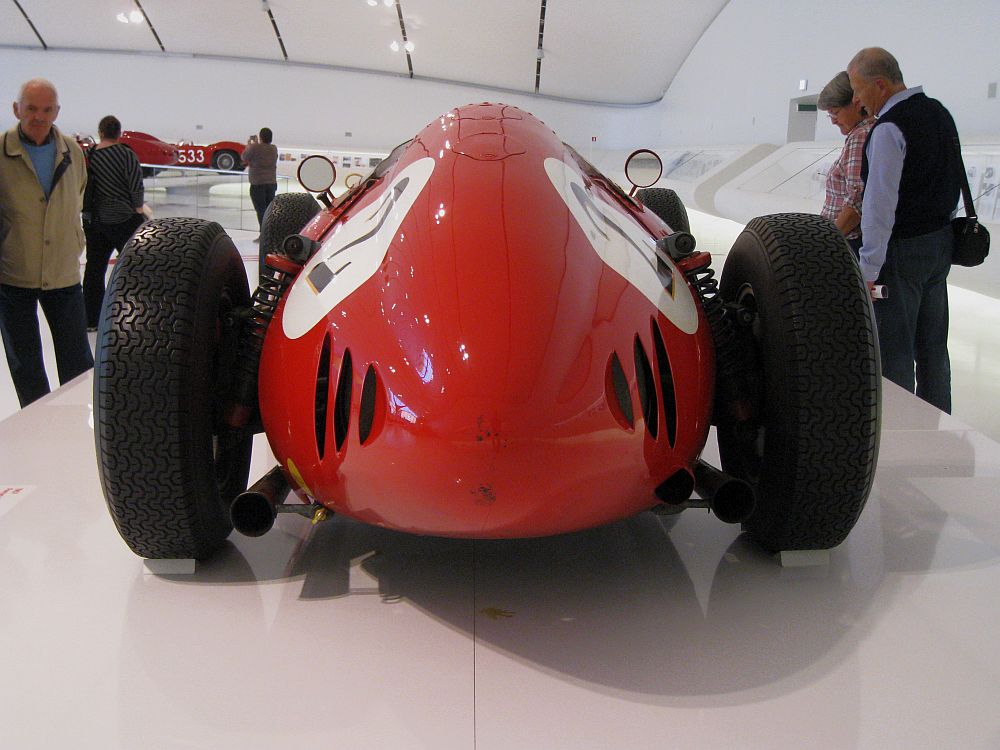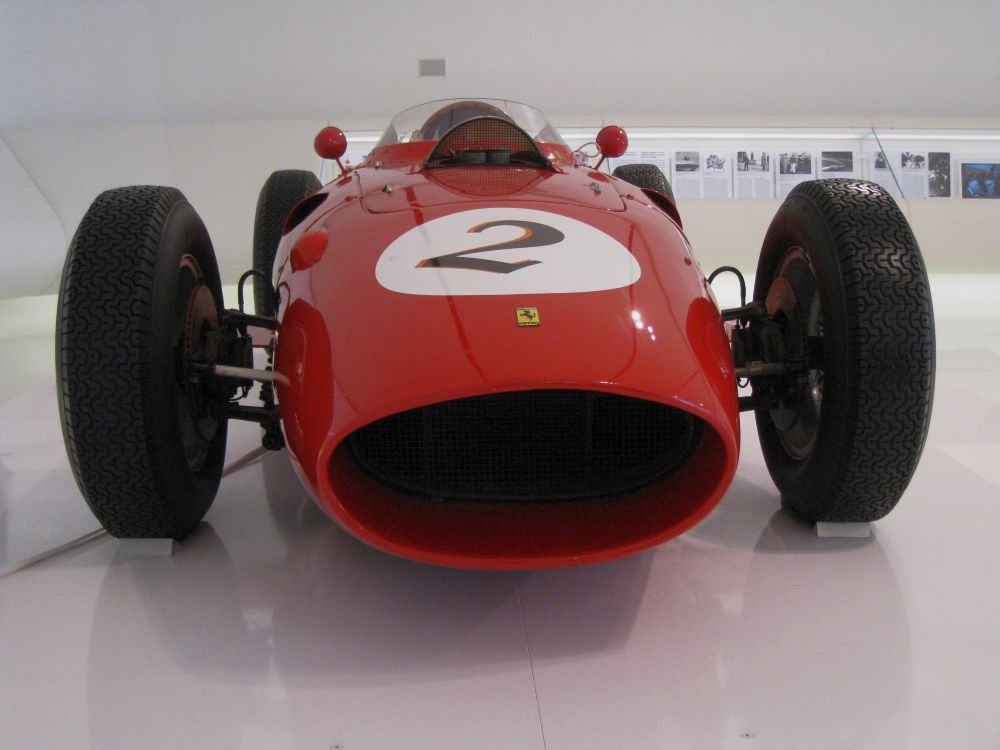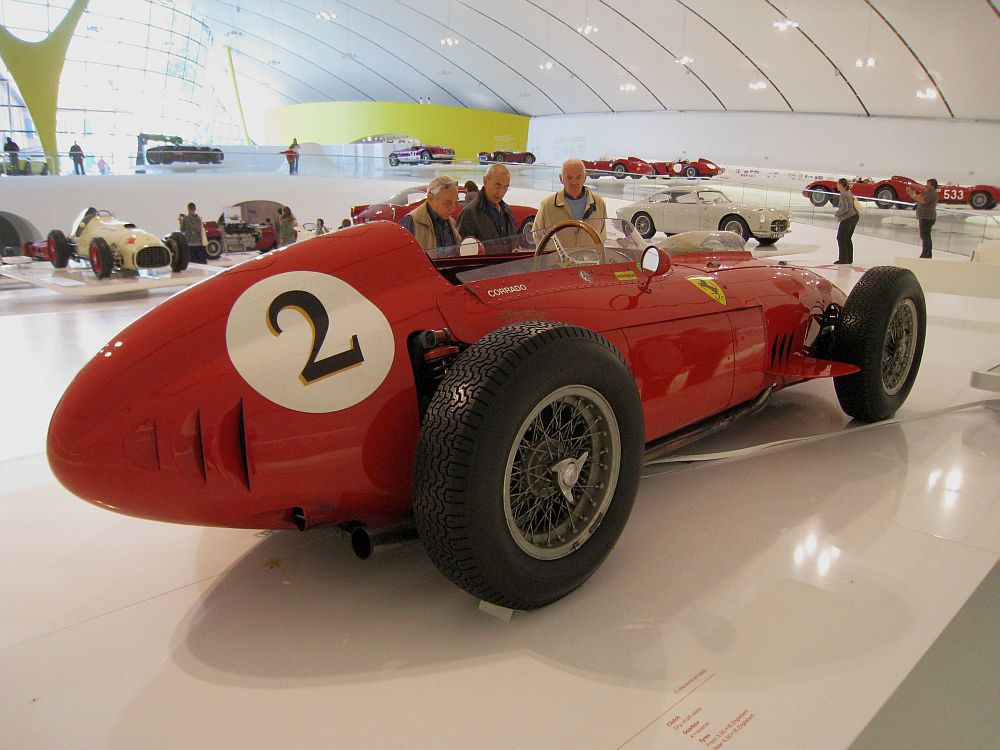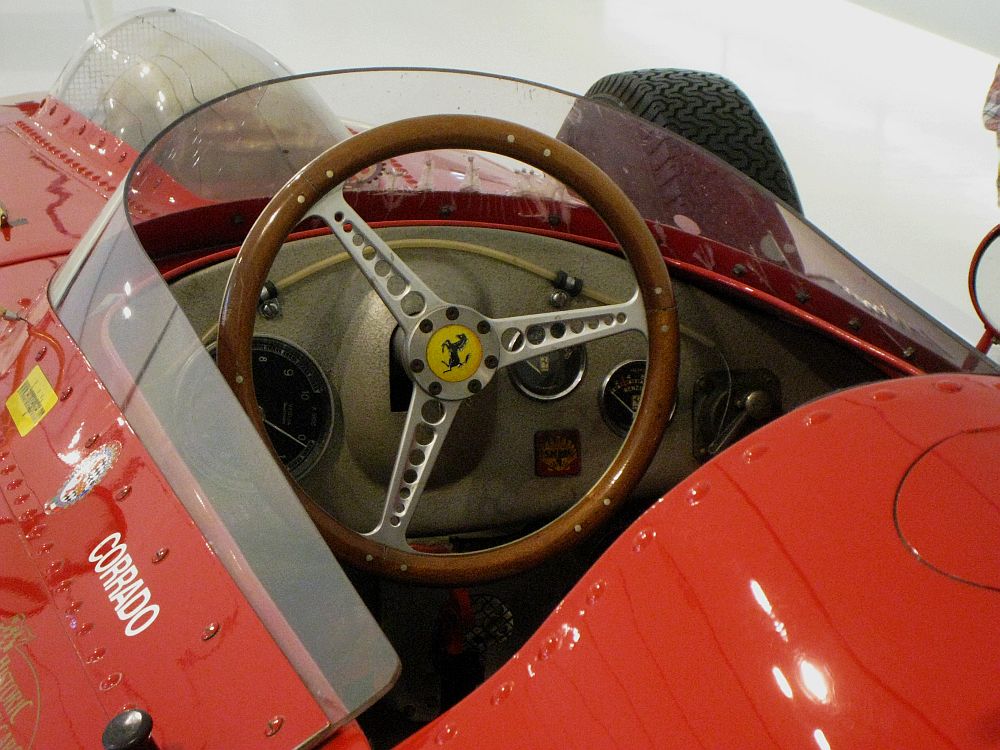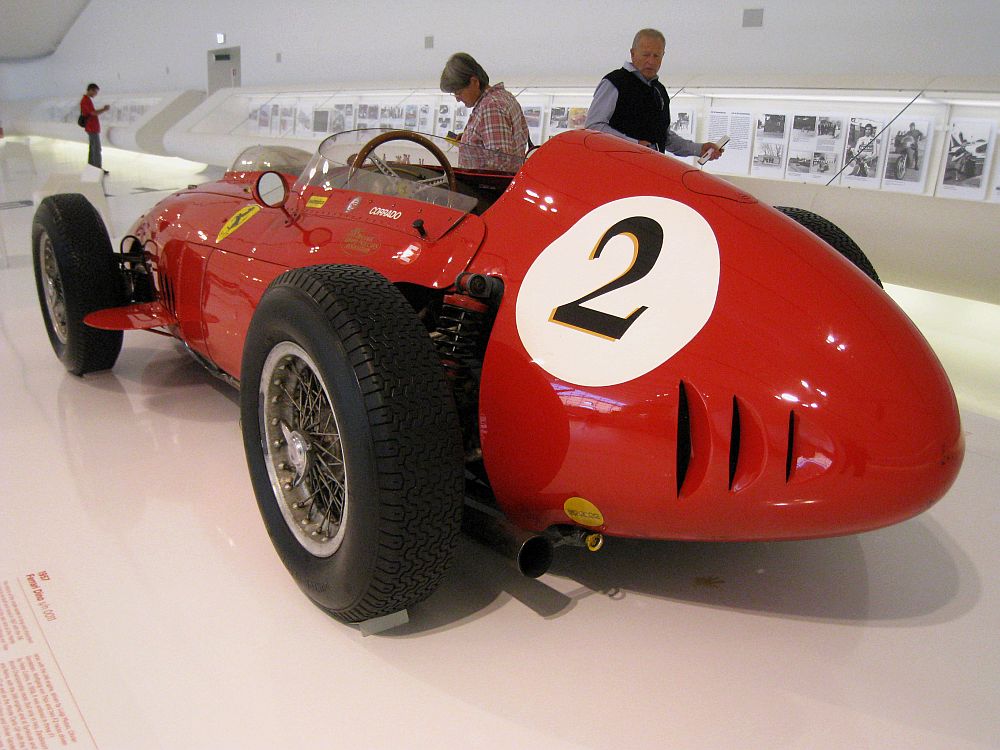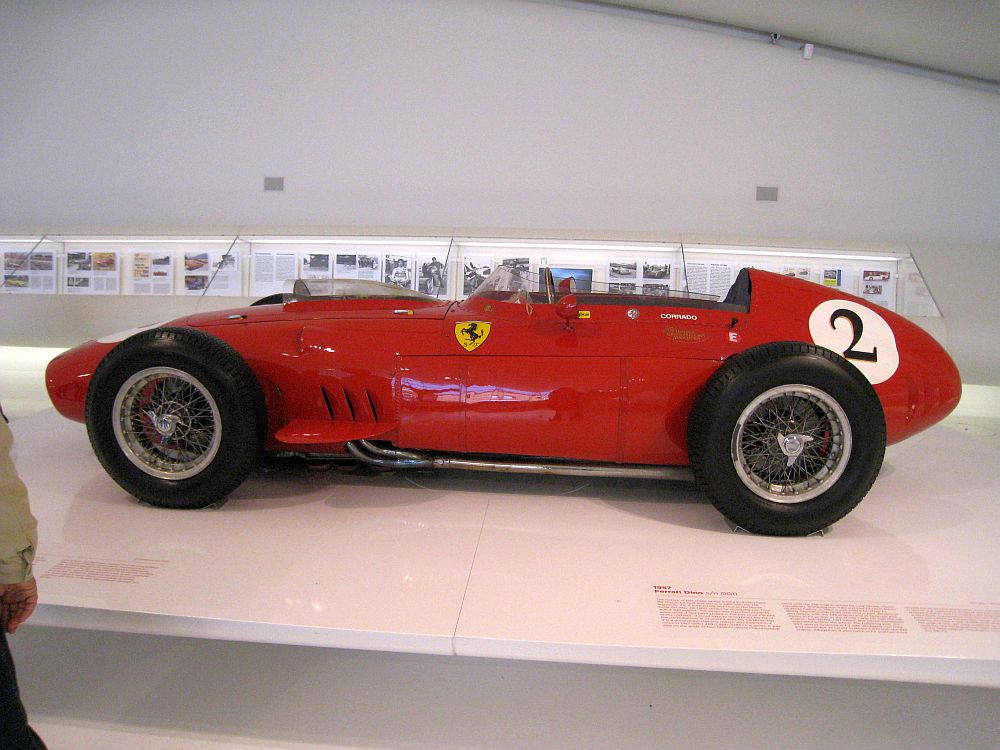Description
The Ferrari Dino 156 F2 was introduced in 1957 as a Formula Two car, created during a period when Ferrari was experimenting with different engine configurations and responding to the FIA’s changes in racing regulations. It was one of the first Ferraris to bear the “Dino” name, honoring Enzo Ferrari’s late son Alfredo “Dino” Ferrari, who had championed the development of V6 engines before his untimely death. The 156 F2 thus carried both technical and emotional significance, representing a shift away from Ferrari’s reliance on four- and twelve-cylinder engines toward a mid-sized V6 that would become central to the marque’s racing future.
Power came from a 1.5-liter Dino V6 engine, producing between 180 and 200 horsepower depending on tuning. The compact V6 was designed by Vittorio Jano with Dino Ferrari’s input before his passing, and it quickly proved itself as a strong and reliable unit for racing. Its smaller size allowed for a lower and more compact chassis design, improving handling and balance compared to the heavier front-engined four- and twelve-cylinder cars Ferrari had previously built. The engine’s distinctive exhaust note also set it apart from its rivals.
The chassis of the Dino 156 F2 was a tubular steel frame with independent suspension at the front and a de Dion rear axle, following Ferrari’s established design philosophy of the time. It carried lightweight, streamlined bodywork in the classic cigar-shaped style, with simple, functional lines and open wheels. The car weighed under 500 kilograms, giving it an excellent power-to-weight ratio for a Formula Two car of its era.
In competition, the Dino 156 F2 quickly made an impression. It was raced by some of Ferrari’s top drivers of the 1950s, including Luigi Musso, Peter Collins, and Wolfgang von Trips. The car achieved strong results in the fiercely competitive Formula Two races of the late 1950s, where it often competed against Coopers and Maseratis. While not always dominant, the Dino 156 F2 showed Ferrari was on the right path with the V6 layout, which offered a strong balance of power, weight, and reliability.
The importance of the Dino 156 F2 lies less in its individual victories and more in its role as a developmental stepping stone. The V6 engine at its core would go on to power Ferrari’s Formula One cars, most famously the Ferrari 156 “Sharknose,” which secured the 1961 Formula One World Championship with Phil Hill. The Dino 156 F2 thus represents a key moment in Ferrari’s racing evolution, when the company began laying the groundwork for the mid-sized V6 engines that would define its success in the early 1960s.
Today, the Ferrari Dino 156 F2 is remembered as a rare and significant piece of Ferrari history. It was one of the first cars to carry the Dino name, it introduced the marque to a new era of engine design, and it demonstrated Ferrari’s adaptability during a period of rapid technological change in open-wheel racing. Its legacy endures as both a tribute to Dino Ferrari’s vision and as a precursor to some of Ferrari’s greatest racing achievements.
